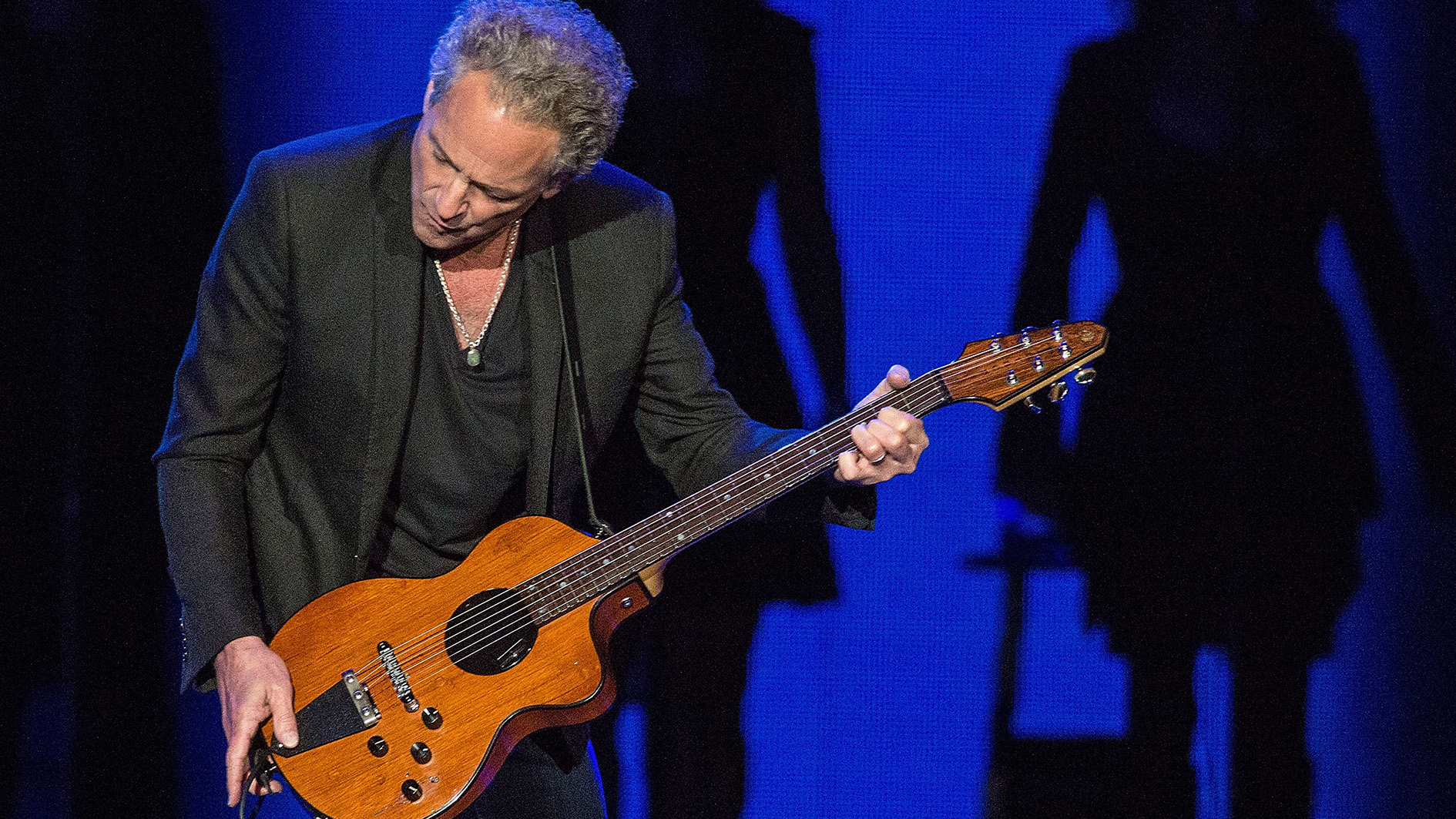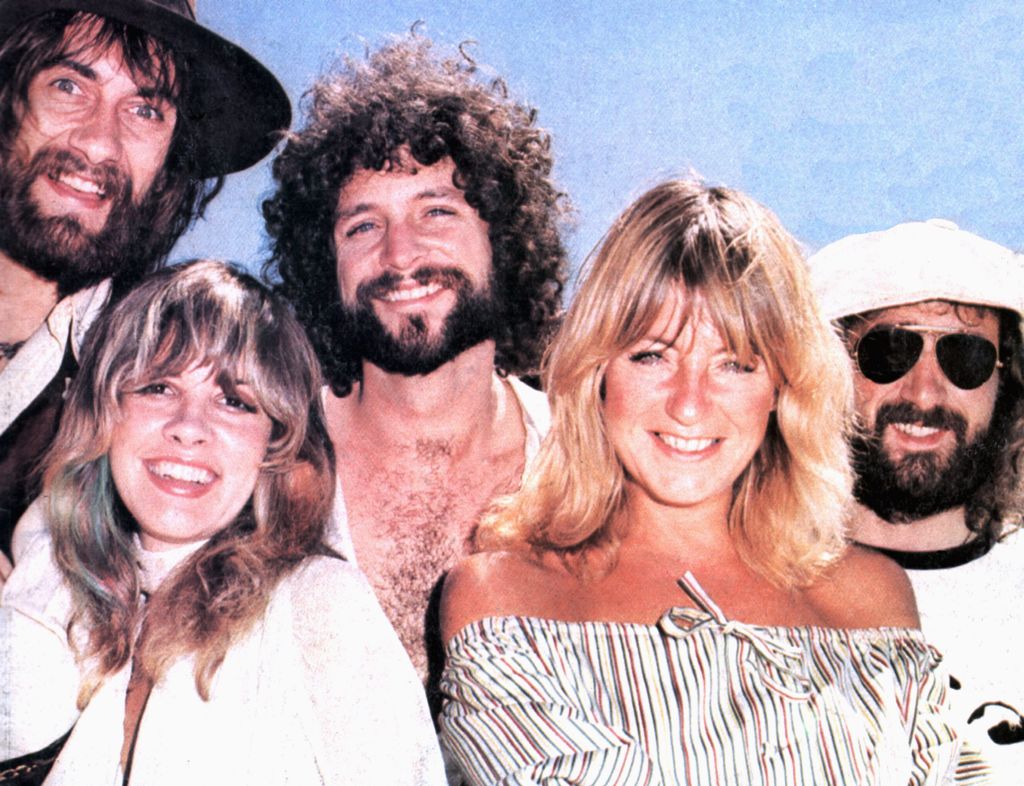

This Danny Kirwan song exists in the post-Green era of Fleetwood Mac, and in some ways marks a transition between this and Fleetwood Mac 2. It was one of those 'ah-ha' moments when you realise the answer is right there in front of you." In the end, we just invited him to join us. It was clear that he needed to be with better players. “He would see us every chance he got, usually watching in awe from the front row. That fell to Mick Fleetwood."Danny was a huge fan of Peter's,” said Mick. So when Mac producer Mike Vernon saw Kirwan’s band Boilerhouse playing he immediately alerted Green, who initially didn’t think the obvious - that is, to invite Danny. Green had been wanting a new guitarist to help work on his own songs, which Spencer had not been inclined to do. The tempo is like a slow gypsy jazz stomp, and Danny’s melodies, runs and arpeggios hark back to the styles of Django Reinhardt, bluesman Lonnie Johnson and of course the great guitarist Eddie Lang who played on the original. In fact Jigsaw Puzzle Blues is in four different keys, beginning in D minor, switching to E major, up to A major and finally moving to B minor. The tune’s title is likely to refer to its clever key changes and twisting, convoluted licks. Compare this with his heart-rending song Man Of The World and there are clear links.ĭanny was a huge fan of Peter's Mick Fleetwood

And since it’s well documented how his depression and later mental health issues spiralled, one can imagine how lines like, “I’ve been jumping at shadows, thinking about my life,” may have resonated. Green is in his element singing a song like this, not only as it allowed him to show off his vocal prowess - he remains perhaps the most gifted of the British blues singers - as well as his incredible touch on guitar.

Green remains perhaps the most gifted of the British blues singers - as well as his incredible touch on guitar Peter’s lines are melodic, thoughtful and musical, and while perfectly capable of ripping out streams of notes, Green takes his time and lets the mood dictate the music. At this time he was usually employing a valve reverb unit by Orange or Matamp, into amplifiers from the same stables, but in the States the band may well have found it easier to rent big Fender amps and reverbs. The song enters with a slow and simple boogie rhythm in E, before Green comes in with heavily reverbed lead guitar. In this Live In Boston rendition the band is stripped down to rhythm guitar, bass and drums, with Green demonstrating his natural gifts as a blues singer and brilliant guitarist. Originally written and recorded by British blues singer and multi-instrumentalist Duster Bennett and backed by early Fleetwood Mac (Peter Green gave Bennett a 1952 Gibson Les Paul), Jumping At Shadows was the perfect slow blues into which Green could get his teeth, both as lead vocalist and on guitar.


 0 kommentar(er)
0 kommentar(er)
